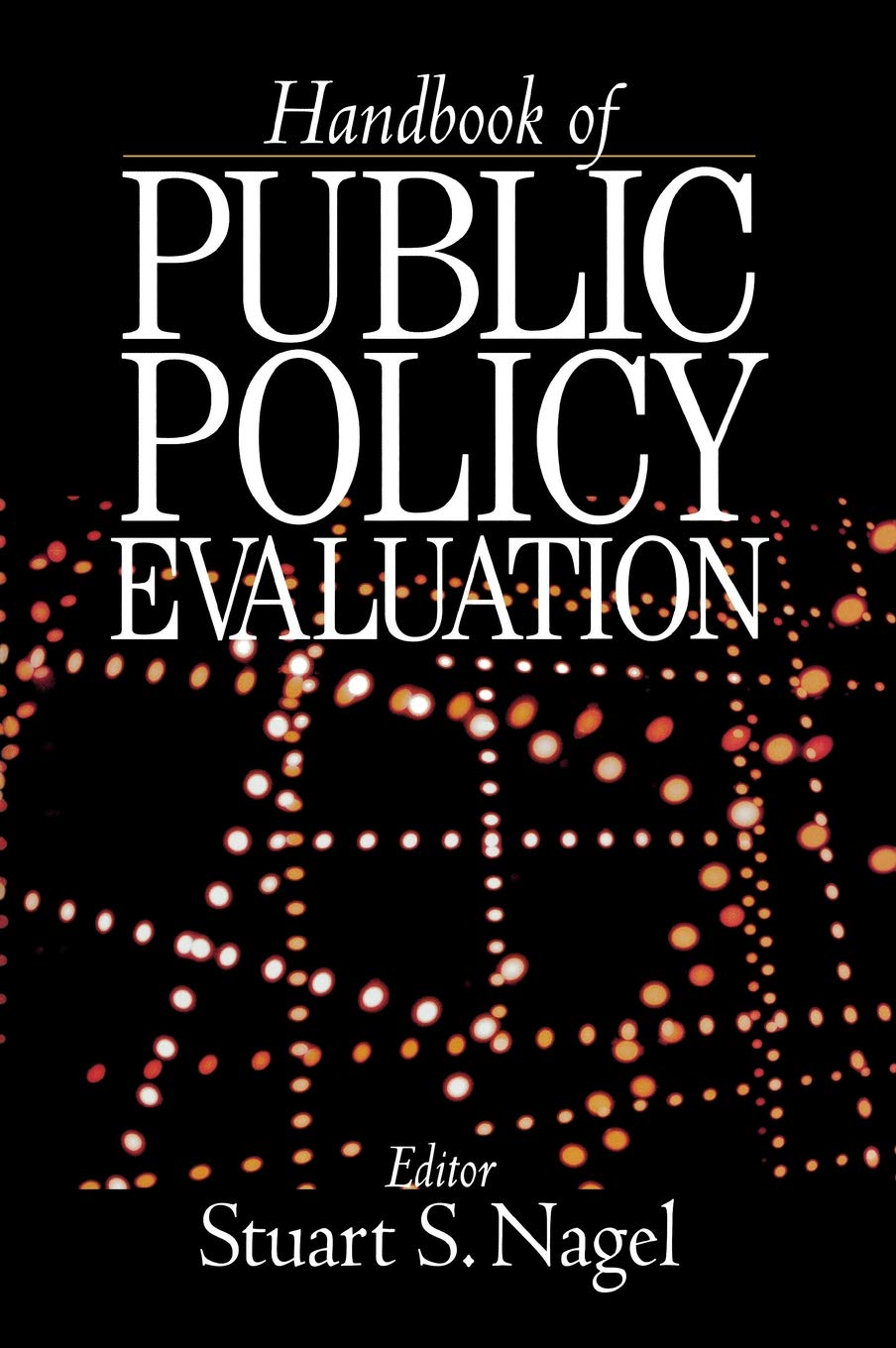
It is widely accepted that glaciers are retreating throughout the world and that their decline causes serious impacts on many societies. Knowledge of glacier distribution and quantification of glacier changes is crucial to assessing the impact of glacier shrinkage on the transboundary hydrological cycle and related issues, such as irrigation, energy production, and natural hazard prevention. Therefore, glacier monitoring is vital to the development of sustainable adaptation strategies in regions with glaciated mountains. Baseline documentation is needed to assess the current status of glacier monitoring. The aim of this study is to assess the status of national implementations of the international monitoring strategy developed by the Global Terrestrial Network for Glaciers (GTN-G) to make the data easily accessible to a broader audience, to identify gaps in the monitoring setup, and to guide countries in improving their monitoring schemes. We developed a standardized procedure to evaluate existing glacier data from international data repositories; these freely accessible data on glacier distribution and changes (as of 2015) for all glacierized countries and regions form the basis of this study. The resulting country profiles are analyzed in relation to the existing GTN-G monitoring strategy. Gaps between the current implementation of glacier monitoring and implementation targets are compiled in a solid gap analysis, which allows countries to be categorized as having poorly developed monitoring, needing improvement, or having well-developed monitoring. Three pilot cases (Kyrgyzstan, Bolivia, and Switzerland) are presented in detailed country profiles. © 2019 Gärtner-Roer et al.